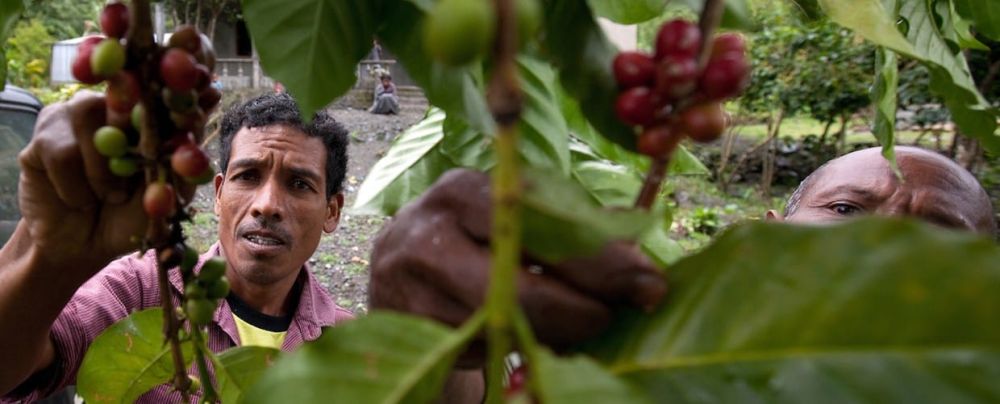

The history of coffee in Timor-Leste dates back to the 18th century when the Portuguese colonizers introduced Arabica coffee to the island. It quickly became an integral part of the local economy and culture. Ainaro, located in the mountainous central part of Timor-Leste, with its rich volcanic soil and cool climate, proved to be an ideal place for coffee cultivation.
Despite the country's tumultuous history, which included occupation and a struggle for independence, coffee remained a staple crop and source of income for many families. Following independence in 2002, the Timor-Leste government and various NGOs began to focus more on coffee as a means to boost the economy and assist rural communities.
As tourism started to grow in Timor-Leste, the local coffee plantations began to gain recognition as a vital tourist experience. Travelers interested in eco-tourism and agritourism started visiting the Ainaro region to learn about coffee production and to support the local economy.
Local coffee plantation tours offer visitors a chance to see the coffee-making process from start to finish – from planting to harvesting, drying, and roasting. Tourists can also indulge in coffee tasting sessions, where they can sample some of the freshest coffee in the world.
Community-Based Tourism (CBT) is an emerging trend in Timor-Leste. Local coffee farmers engage with tourists, sharing their knowledge and daily lives, which provides a more authentic experience for visitors and directly benefits the local economy.
Eco-Conscious Travel is also becoming increasingly popular, with visitors eager to discover remote and unspoiled environments. The coffee plantations of Ainaro offer just that, combining natural beauty with sustainable farming practices.
Adventure Tourism is on the rise too, and many visitors complement their coffee plantation tours with hiking and exploring the rugged scenery of Timor-Leste's interior, making Ainaro a perfect destination for those looking to combine adventure with cultural immersion.
To visit the coffee plantations of Ainaro, tourists can either arrange tours through local travel agents or directly with the coffee producers. The best time to visit is during the coffee harvest season, which usually runs from April to June, when the beans are ripe and the plantations are bustling with activity.
The coffee plantations of Ainaro are not just agricultural sites but also custodians of deep-rooted traditions and community life in Timor-Leste. They exhibit a unique aspect of the country’s history and present an opportunity for travelers eager to participate in responsible and educational tourism.